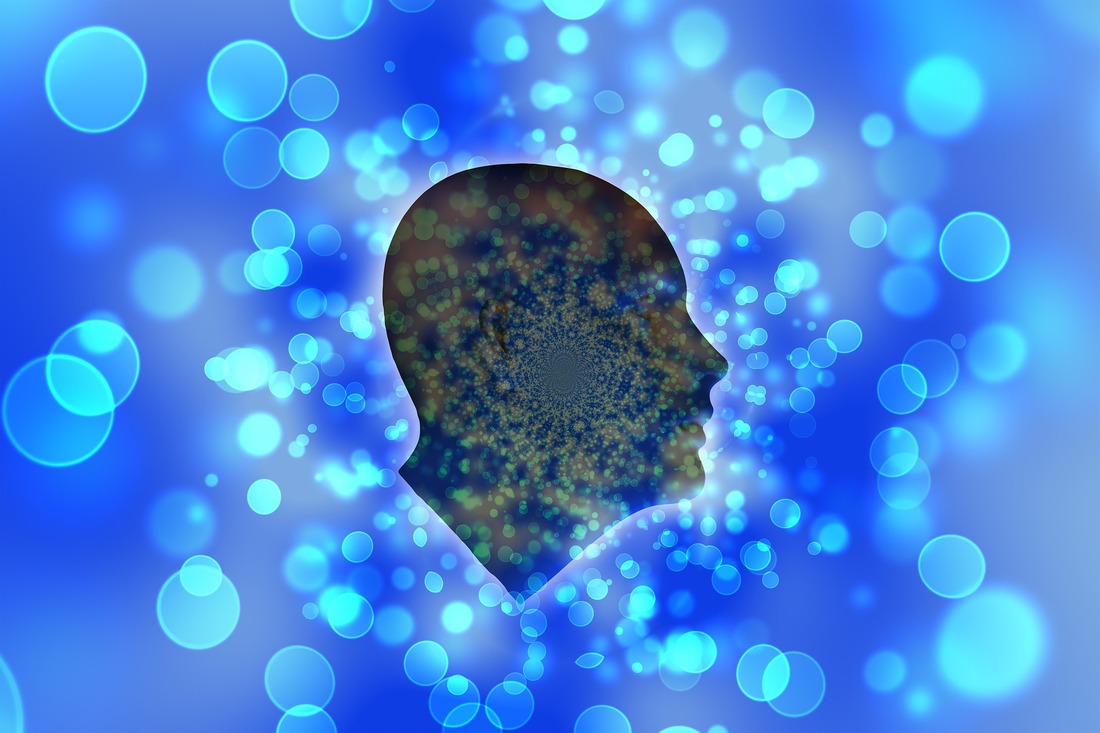Subconscious: Definition, Thoughts, & BehaviorsOur subconscious is the subject of much psychological research. How do you study something that, by definition, we are mostly unaware of? Here’s what psychology has to say about subconscious thoughts and behaviors.
Psychologists have developed many interesting ways to try to study our subconscious feelings and thoughts, perhaps for this very reason. After all, wouldn’t it be great if we could dip under the surface and see what’s happening in those inaccessible parts of our brain? I’m sure I could avoid at least a few more embarrassing or mystifying moments of self-sabotage. Let’s look together about what the subconscious is and what psychology research tells us about it.
Before reading on, if you're a therapist, coach, or wellness entrepreneur, be sure to grab our free Wellness Business Growth eBook to get expert tips and free resources that will help you grow your business exponentially.
Are You a Therapist, Coach, or Wellness Entrepreneur?
Grab Our Free eBook to Learn How to
|
Are You a Therapist, Coach, or Wellness Entrepreneur?
Grab Our Free eBook to Learn How to Grow Your Wellness Business Fast!
|
Terms, Privacy & Affiliate Disclosure | Contact | FAQs
* The Berkeley Well-Being Institute. LLC is not affiliated with UC Berkeley.
Copyright © 2024, The Berkeley Well-Being Institute, LLC
* The Berkeley Well-Being Institute. LLC is not affiliated with UC Berkeley.
Copyright © 2024, The Berkeley Well-Being Institute, LLC




